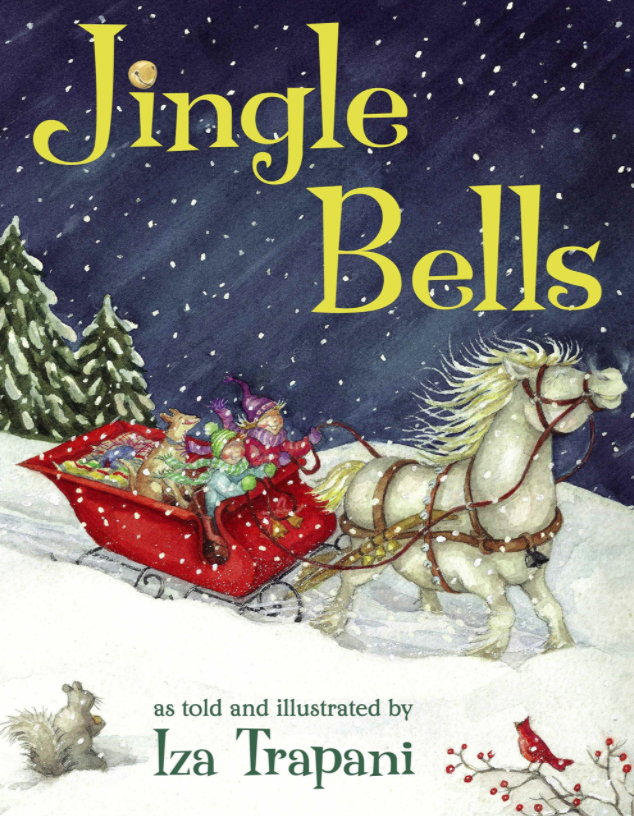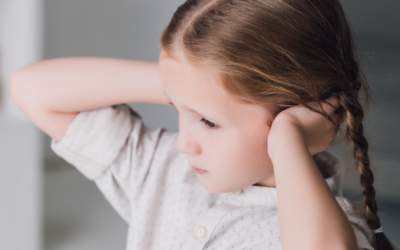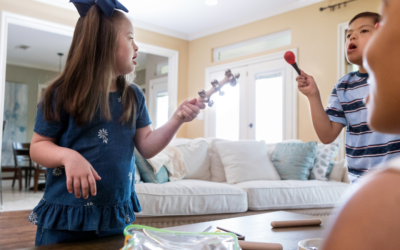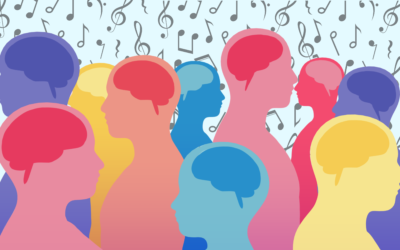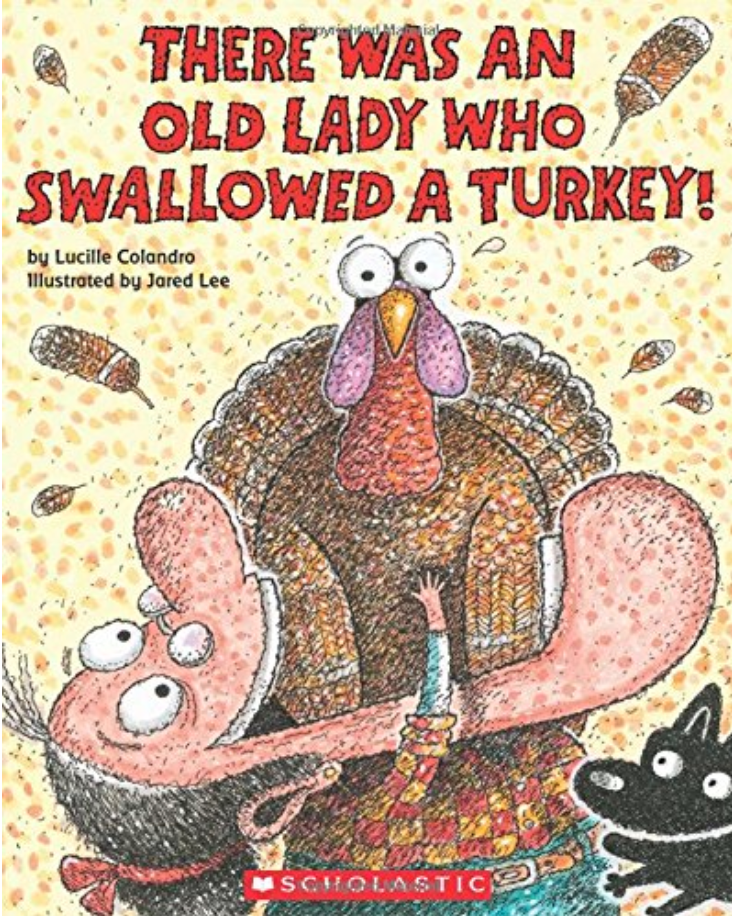...

Book: Jingle Bells
Blog post written by Kayla Davitt, MT-BC | Song recorded by Kayla Davitt, MT-BC
The Christmas season is filled with many traditions. When I was growing up, my parents would allow my sister and I to open one present on Christmas Eve. I was always the first one awake on Christmas morning, ready for what the day had in store! I didn’t realize how Christmas traditions are vastly different around the world until I read Jingle Bells by Iza Trapani for the first time.
I’m fairly certain we all know the first couple of verses to the classic song “Jingle Bells.” In Iza Trapani’s interpretation, the lyrics are changed to fit the story: traveling around the world to different countries and learning about the Christmas traditions there! Throughout the story, the reader learns about Christmas traditions in a variety of countries including Mexico, Sweden, the Philippines, and Kenya. When reading this story with your child, you can help them practice many skills such as geography, reading comprehension, and inferencing.
Geography
Within this story, the reader is shown and told about the Christmas traditions and countries all over the world. This is a great opportunity to practice geography skills with your child and to help them locate the different countries on a map or a globe. You could also work on directional skills and ask your child where a particular country is in relation to the United States.
Reading comprehension
In the back of this book, there is more information about the traditions in each country mentioned in the story. Read this information with your child and ask them questions to encourage growth of comprehension skills. What do children in Mexico look forward to on Christmas Eve? Where can children in Italy find their presents on Christmas morning? At what time do people in Poland begin eating Christmas dinner?
Inferencing
This book also gives children the opportunity to work on their inferencing skills. Encourage your child to think about the different traditions in each country while looking at the pictures in the book. Are the children in each country pictured as feeling happy? Why do you think they feel happy? How would you feel if you participated in a different tradition?
If you would like to use a recorded version of Iza Trapani’s version of “Jingle Bells,” I recorded this one for your use!
Jingle Bells
Although Christmas traditions vary around the world, it is often a time to spend with friends and family. Whether you are celebrating new traditions or continuing on with family traditions, we hope you and your family enjoy this holiday season!
If you wish to purchase this book on Amazon, you can do so here.
Happy reading!

